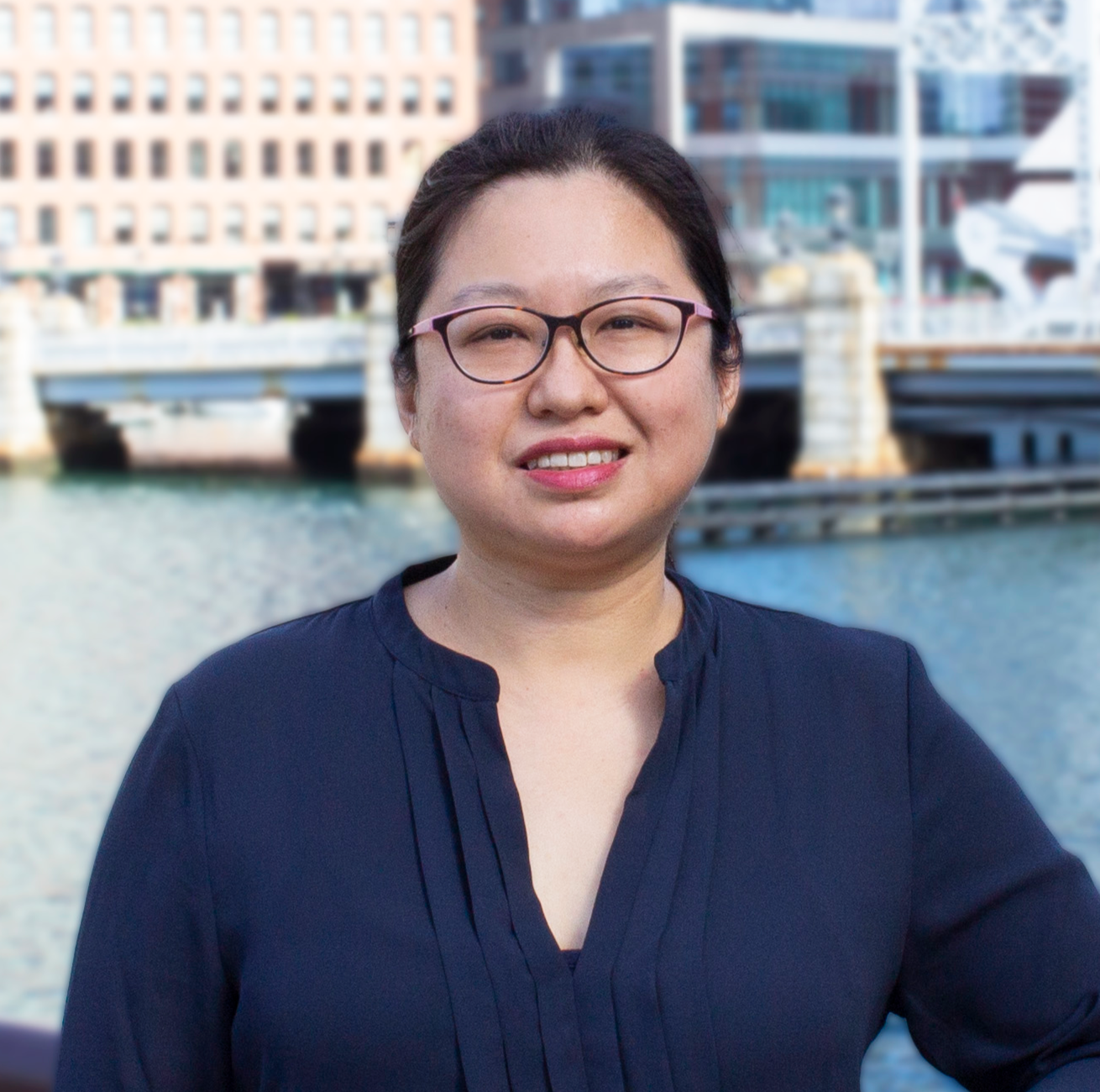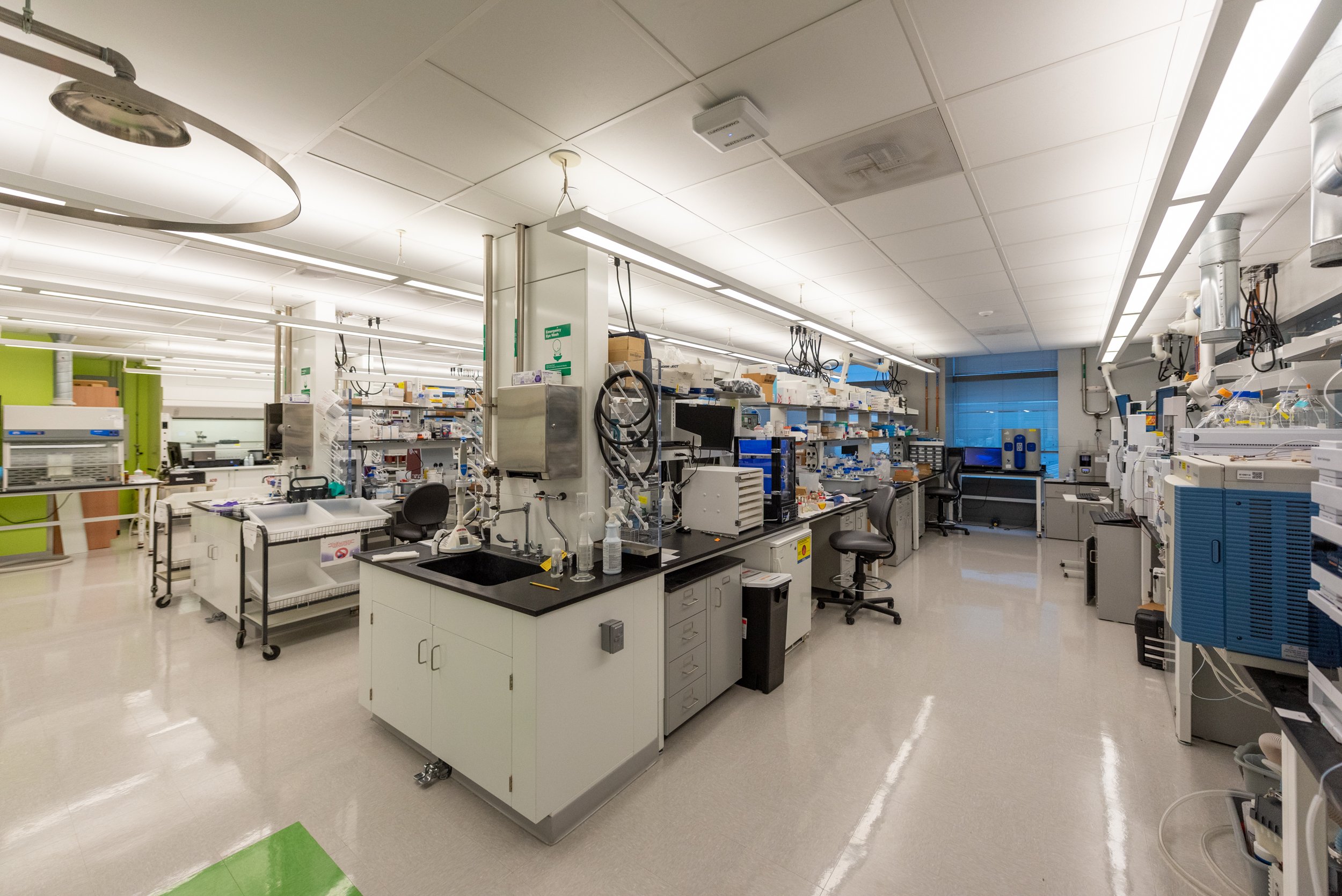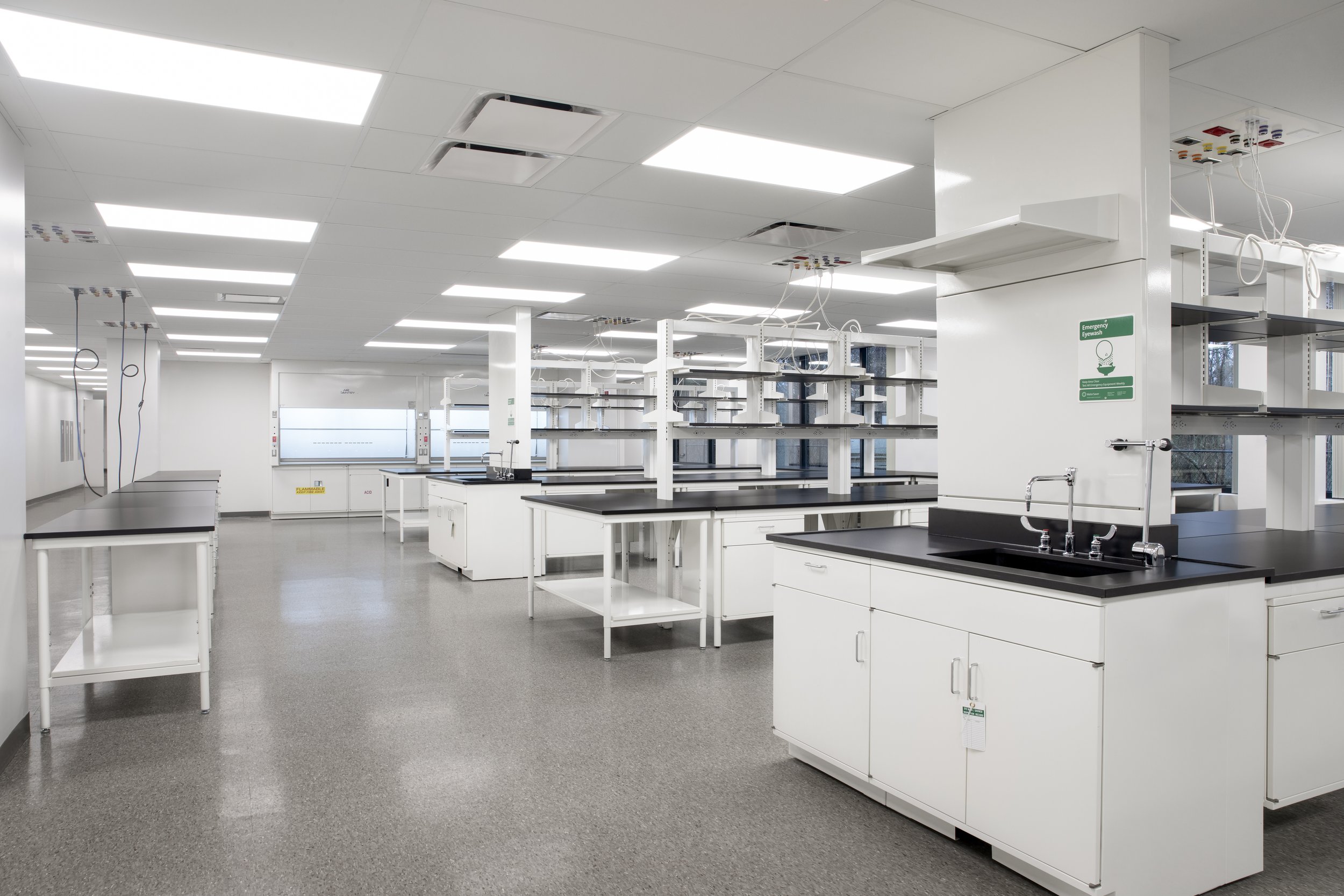From The Lab Bench To The Drafting Table: Interview with Senior Lab & Manufacturing Planner, Wing Fu
Wing Fu
Wing Fu didn’t plan on becoming a lab & manufacturing planner, but when she realized she could leverage her analytical skills as a bench scientist with her interpersonal skills as a communicator, it seemed like the ideal career path.
Wing draws on nearly 20 years of experience working as a research scientist to bring a unique perspective to lab design as an associate, senior lab & manufacturing planner, and analytical chemist at Ci. Her impressive understanding of lab end users makes her an invaluable asset to the firm’s growing team as they continue designing laboratories and manufacturing facilities for groundbreaking research and industry advancements.
Read on to learn how Wing forges a unique path within the science & technology practice.
Q: What started your career in Science & Technology?
A: My passion started with math. I’ve always loved working with numbers because they made sense to me. I never saw myself as a creative person but rather a more left-brain thinker. I first realized I wanted to venture into the scientific field when I was in high school, and the Exxon Valdez oil spill made headlines as one of the largest environmental disasters. The images of scientists quickly responding to the disaster by preserving wildlife and assessing how to repair the damage made a lasting impression. It awoke a calling in me and pushed me to pursue a career path that would make a positive impact on the world around us.
I was originally trained as a chemical engineer at Columbia University. I initially honed my skills in an academic research setting at the Howard Hughes Medical Institute at Rockefeller University. I then transitioned into private industry, where I spent over six years as an analytical chemist focusing on HPLC and mass spectrometry work at Regeneron Pharmaceuticals and over 11 years working in the Analytical Development group focusing on generic drugs at Momenta Pharmaceuticals.
In my final year at Momenta Pharmaceuticals, I transitioned away from the lab bench to become a lab manager. It was in this role that I was first exposed to working with designers, contractors, and planners to renovate and expand the lab space. I loved the new challenge of determining the best design and organization for the lab and quickly found an affinity for lab planning.
Ci’s in-house lab planning team worked with Biogen, a global biotechnology company leading innovative research with the goal of defeating devastating neurological diseases, to design several projects, including a lab and office renovation with equipment inventory and a relocation plan for an existing program.
Q: What inspired you to become a Lab & Manufacturing Planner?
A: After almost 20 years as a research scientist, I took the leap to pursue a second career in lab design. As a lab & manufacturing planner, I find myself being able to impact the everyday lives of scientists who are tirelessly creating groundbreaking discoveries and life-saving therapies. These can range from a manufacturing company developing fuel cells for renewable energy to a biotechnology company leading innovative research to defeat devastating neurological diseases. As part of Ci’s lab & manufacturing planning team, we design spaces that will allow these scientists to succeed, and in turn, we play a part in transforming several industries for the better.
Q: What has been your biggest challenge in transitioning your career to Lab & Manufacturing Planning?
A: In addition to the challenge of working outside of my comfort zone and learning new software in the initial transition period, I also had to learn to work differently. As a planner, I collaborate with architects, consultants, and contractors while juggling multiple projects and tight timelines. As an end-user scientist, oftentimes, the work tended to be more focused on a single project and/ or technical method.
Q: How does your past experience as a scientist inform your decision-making as a designer and help you better support clients?
A: As a former scientist, I live and breathe the scientific method. I understand how lab equipment operates and the requirements for successful research. This first-hand experience allows me to think as an end user and put myself in their shoes. I have found that the client appreciates having someone on their side, and our collaborative approach allows them to speak their minds as they’re the experts in their field.
Along with the overall layout, I consider the day-to-day operations of the scientists and how comfortable they will be working in the space. For example, the number of steps required to access samples or acquire a bucket of ice can affect the efficiency of the experiments and the success of the research. It’s extremely gratifying to identify solutions for issues I might have been frustrated with when I was on the other side working in a lab. Ultimately, my approach to lab and manufacturing design is to do my best to create a space I would want to work in.
Q: What is the best part of being a Lab & Manufacturing Planner?
A: I love that my work is dynamic and every day is different. The diversity of projects allows me to work with dozens of end-user scientists and gain exposure to several industries, from life science to physical science and manufacturing. I’m able to broaden my expertise and get an inside look at leading companies in the science & technology sector. Additionally, I love problem-solving and optimizing; I constantly ask, “What can we do better?” I stay up to date about new technologies so that I can continue to be a resource for our clients.
Q: What advice do you have for others who are considering a career in Lab & Manufacturing Planning?
A: It’s important to find mentors who will help you grow in your career path. When I transitioned to lab and manufacturing planning, the learning curve was steep, but by reaching out to different support groups and asking for help, I was able to find my footing and flourish in this new field.
There are also different personality traits required for being a lab and manufacturing planner versus a scientist. As a designer, it is essential that you can talk to clients, receive constructive criticism, and work collaboratively with others.
Q: Where do you see yourself in five years?
A: In five years, I hope to be an expert in the field and give back by being a mentor to junior designers. I want to help other lab planners cultivate meaning in the spaces they are designing by sharing my perspective as a former scientist. The projects we create are not only made up of walls, benches, equipment, and utilities but also spaces that drive innovations impacting communities globally.
Ci’s in-house lab planning team designed lab-ready space for 200 Staples Drive, a 60,000-square-foot life science facility conversion over two floors with a 65/35 lab/office split in Framingham, Massachusetts. Photo by Carly Gillis Photography.
About Ci
Ci Design, Inc. (Ci) is an award-winning design firm with practices in science and technology, commercial and mixed-use, residential, mission critical, workplace, and industrial manufacturing. Within these practices, our team provides exceptional services in architecture, planning, landscape design, experiential graphics and branding, lab and manufacturing planning, interior design, procurement, strategy, and change management.
Ci’s offices in Baltimore, Maryland; Boston, Massachusetts; Dallas, Texas; DC Metro; Greenville, South Carolina; and Raleigh, North Carolina, work collaboratively with over 100 team members, providing exceptional services and shaping industry-leading developments for our regional, national and international clients. Visit https://www.ci-designinc.com/ to learn more.



